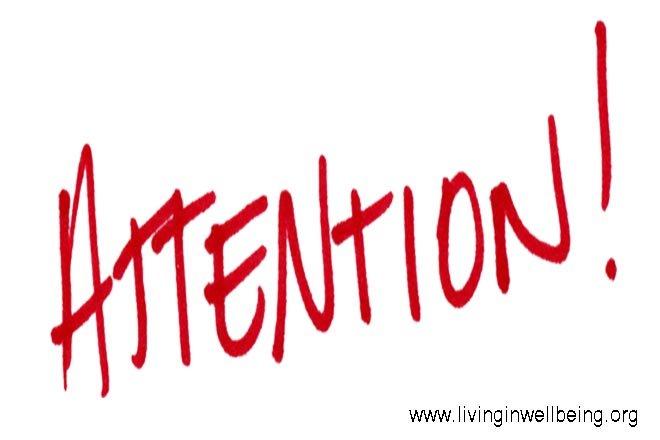
The ability to concentrate and pay attention is vital to enable learning to take place. Many children who struggle in the school environment do so because they have poor attention and concentration skills. They are not able to focus on the task at hand without being easily distracted by what is going on around them. They are too aware of what other people are doing or they spend their time restless and agitated or fidgeting. Apart from affecting their ability to absorb information and complete tasks, this lack of concentration and attention will probably cause behavior that is unacceptable in the classroom and will get the child into trouble with the teacher. This can spiral downwards with children losing their self-esteem and motivation so the attention and concentration skills become even poorer.
When discussing concentration and attention skills, it is worthwhile to understand that we all have a preferred way of learning. This seems to be something we are born with and cannot change.
It does not mean we can't learn in other ways, it merely means that it is our preference to learn in a particular way. These three ways of learning are:
Auditory learners - 30 per cent of the population
The auditory learner is most comfortable taking in information through listening to the spoken word. This type of learner is very at home in the classroom where many learning outcomes are dependent on listening ability.
Visual learners - 30 per cent of the population
The visual learner is more comfortable when information is displayed in a visual way through diagrams, flip charts, videos, and illustrations. It is these that the visual learner notes, rather than the accompanying auditory information.
Kinesthetic learners - 40 percent of the population
The kinesthetic (or movement) learner is an interactive practical learner. This type of learner learns best through practical activities with materials or interaction in drama or movement. Children who are kinesthetic learners struggle most in the school environment. Sitting still, listening, and concentrating in the manner expected in the classroom is a struggle. The kinesthetic child would rather be up and doing, making and building, sorting or creating. These children are best doing practical activities where their attention and concentration skills are not in doubt and where they have the best chance of learning.
A good school environment will provide opportunities for all three learning preferences, making sure there are plenty of visual stimuli in the classroom as well as practical interactive tasks for children to do. However, it still remains that much of the National Curriculum is dependent on communicating information in an auditory way. Much of the literacy and numeracy hours in primary school are spent with children expected to sit quietly and attentively on a carpet and listen to the teacher giving out information and asking questions. This gives auditory learners a natural advantage. Visual learners, and particularly kinesthetic learners, need to be taught skills of attention and concentration that do not come naturally to them. This skill-building can take place both in school and at home.












